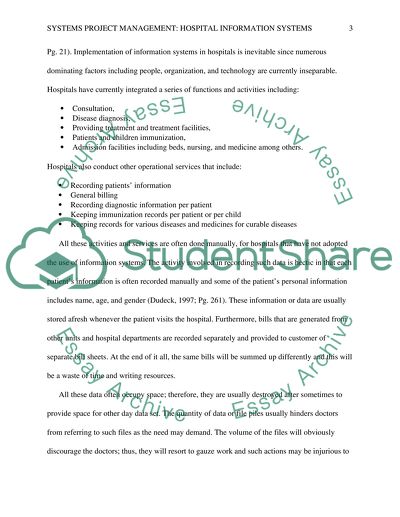Cite this document
(“Systems Project Management Essay Example | Topics and Well Written Essays - 2500 words”, n.d.)
Systems Project Management Essay Example | Topics and Well Written Essays - 2500 words. Retrieved from https://studentshare.org/information-technology/1475663-systems-project-management
Systems Project Management Essay Example | Topics and Well Written Essays - 2500 words. Retrieved from https://studentshare.org/information-technology/1475663-systems-project-management
(Systems Project Management Essay Example | Topics and Well Written Essays - 2500 Words)
Systems Project Management Essay Example | Topics and Well Written Essays - 2500 Words. https://studentshare.org/information-technology/1475663-systems-project-management.
Systems Project Management Essay Example | Topics and Well Written Essays - 2500 Words. https://studentshare.org/information-technology/1475663-systems-project-management.
“Systems Project Management Essay Example | Topics and Well Written Essays - 2500 Words”, n.d. https://studentshare.org/information-technology/1475663-systems-project-management.


